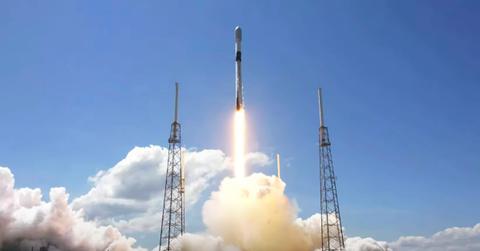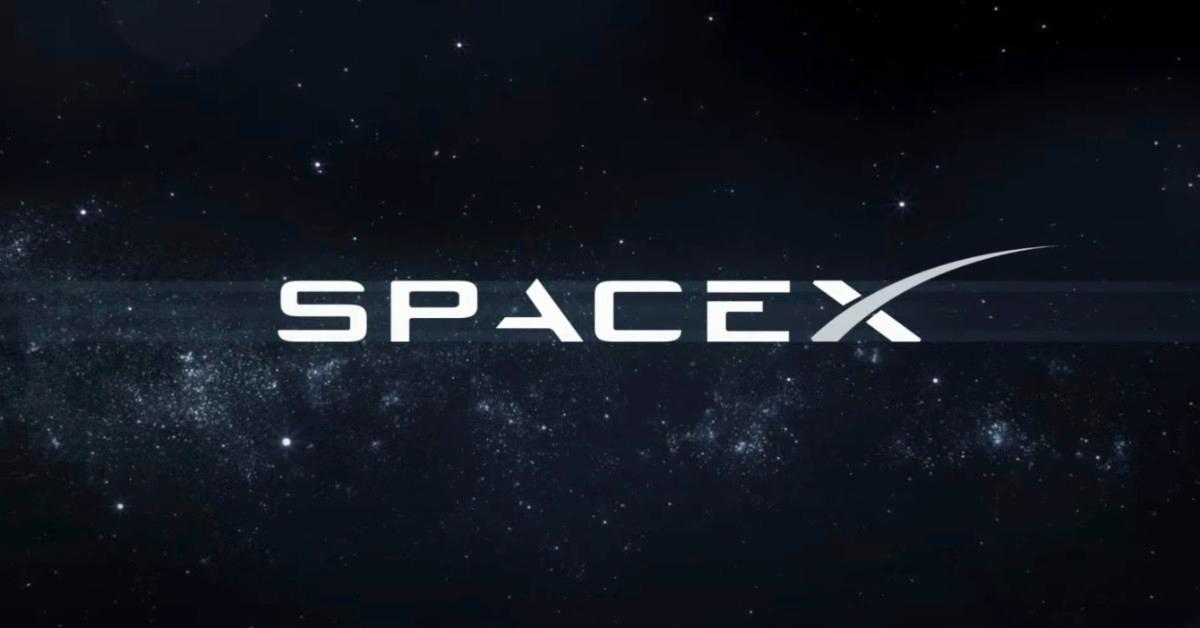SpaceX’s Starlink Internet Service to Take a Giant Leap With Gen2 Satellites
Elon Musk’s Internet company, Starlink, would get a big boost with the “Gen2” system SpaceX described in an Aug. 18 FCC amendment.
Aug. 20 2021, Published 3:31 p.m. ET
Elon Musk’s internet service is already looking forward to the next generation. In a Federal Communications Commission (FCC) amendment posted Wednesday, Aug. 18, Musk’s SpaceX spaceflight company explained how it plans to expand its Starlink internet coverage with a constellation of “Gen2” satellites.
“This Gen2 System was designed to complement the first-generation constellation SpaceX is currently deploying,” SpaceX wrote in the filing, per CNBC.
The company went on: “While the original constellation provides unprecedented capacity for a satellite system, the demand for more broadband continues to grow unabated and the need for user connectivity has never been more important.”
The news comes a little over a month after SpaceX told FCC officials that the network had 90,000 users across 12 countries, with “over half a million” potential customers around the world making orders or deposits for the service, as CNBC previously reported.
Nearly 30,000 Starlink Gen2 satellites would be deployed at various altitudes.
SpaceX has already launched 1,740 satellites in its quest to bring high-speed internet to consumers anywhere on Earth, per CNBC. And SpaceX said in the FCC filing that Gen2 encompasses a “preferred configuration” of 29,988 additional satellites.
According to the company’s amended plan, the Gen2 satellites would be deployed at nine altitudes, from 340 kilometers to 614 kilometers, “to more evenly spread capacity by latitude, ensuring better, more consistent global coverage.” The amendment also called for “nearly double the number of satellites deployed in a sun-synchronous orbit,” improving service “to polar regions like Alaska.”
The Gen2 satellites are heavier and larger than originally designed, the company noted, but they’ll be able to generate more power, support “expanded capabilities,” and accommodate “additional payloads” in the future—including, potentially, antennae for other companies.
SpaceX’s Starship rocket could deliver as many as 400 satellites directly into their intended orbits.
SpaceX explained that it would use its in-development Starship rocket—which could carry as many as 400 satellites at a time—to get Starlink satellites directly into their intended orbit just weeks, after launch, not months. “The revised orbital planes would enable single plane launch campaigns that capitalize on the ability of Starship to deliver satellites at a faster pace by not necessarily requiring a waiting period for orbital precession in a parking orbit,” the company stated.
SpaceX also said it has invested in “advanced propulsion capabilities” for the Starlink satellites so that “collision risk with large objects is considered to be zero while the spacecraft are capable of maneuvering.” The company disposes of malfunctioning Starlink satellites by making them disintegrate in the Earth’s atmosphere, while out-of-control satellites would orbit Earth for “less than four years” before disintegrating.
In its FCC filing, the company did note the possibility that Starlink satellites could collide with debris or meteoroids and become debris sources themselves. “SpaceX has continued to explore ways to make its spacecraft even more resistant to such strikes,” it added. “Although the design of these protective features is still being finalized, SpaceX has improved redundancy in the power and propulsion systems.”


